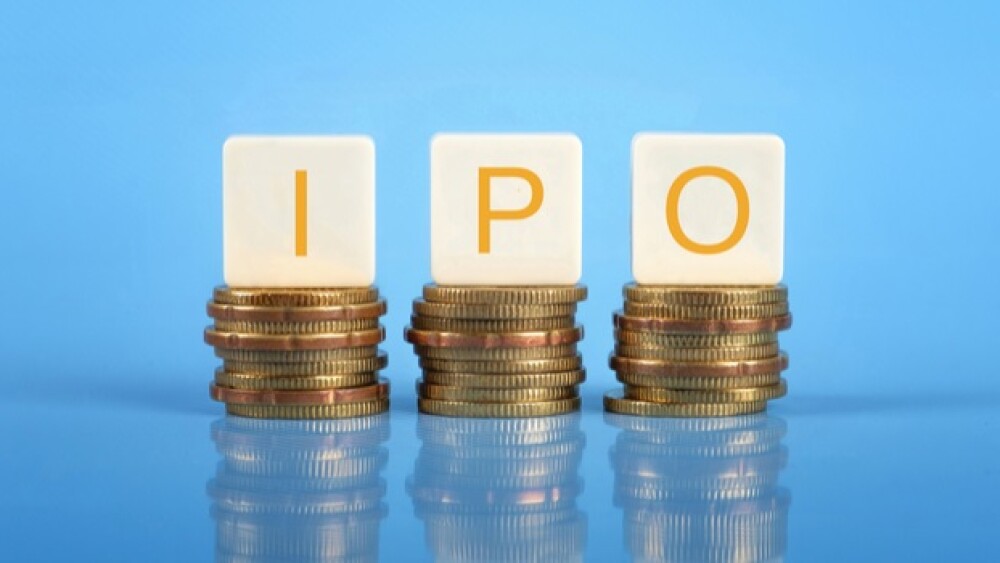The long-awaited and massively hyped initial public offering of Moderna Therapeutics hit the market yesterday. The company sold approximately 26.3 million shares priced at $23 a share. This exceeded the revised goal of $600 million by about $4.3 million.
The long-awaited and massively hyped initial public offering (IPO) of Moderna Therapeutics hit the market yesterday. The company sold approximately 26.3 million shares priced at $23 a share. This exceeded the revised goal of $600 million by about $4.3 million. Shares are trading on the Nasdaq under the “MRNA” ticker symbol.
The raise values the company at about $7.5 billion.
The previous record was set two months ago by Allogene Therapeutics, when it raised $324 million at a $2.2 billion market cap. Other top biotech IPOs included Axovant Sciences, which raised $315 million in 2015, giving it a $1.5 billion initial market cap, and Galapagos NV, which raised $275 million in an IPO in 2015, with an initial market cap of $1.7 billion. And a year before them, in 2014, Juno Therapeutics raised $264 million in its IPO, with a $2.2 billion market cap. Celgene acquired Juno earlier this year for $9 billion.
Last week Moderna refiled with the Securities and Exchange Commission (SEC), raising its goal for its initial public offering from $500 million to $600 million. The company, which has no products on the market, is fantastic at raising money, but some analysts wonder if the company is overvalued. Since its founding in 2010, Moderna has raised more than $2.6 billion in equity financing. As of September 30, it had cash, cash equivalents, and investments of $1.2 billion.
The company focuses on messenger RNA (mRNA) therapeutics. mRNA’s role is to transport genetic information from DNA to the ribosome, offering up the amino acid sequence of the eventual proteins the DNA is coding for. Moderna’s tech platform is designed to engineer mRNA to deliver whatever protein codes they want the cells to produce, in effect, turning the cells themselves into vaccine or drug-manufacturing factories.
Moderna has a development pipeline of 21 programs. Ten are in the clinic and another three have open Investigational New Drug (INDs) submissions. Nine of those in the clinic are in Phase I and one is in Phase II, according to a July corporate update.
Although there is some skepticism as to whether Moderna can live up to expectations, it is unusual in the size of its pipeline. Most biotechs either have no products in the clinic when they launch an IPO, or they have one or two in early-stage trials and the funding is largely designed to help advance them into the clinic or more expensive late-stage trials.
Moderna’s chief financial officer, Lorence Kim, told Xconomy earlier this year, “We’re saying we can draw a picture that articulates an outsized return over time, and that outsized return comes from not one drug singly advancing by itself to approval, but instead by a technology that is pushed forward over time. The key thing for investors to wrap their arms around is: can we offer that sort of upside? We believe we can.”
Not unusual in biotech IPOs, Moderna is probably years away from having a product on the market. Meanwhile, it has pretty high overhead with 680 staffers and a highly-compensated executive suite. Stephen Hoge, Moderna president, in 2017 received $19 million in options and a $4.4 million cash bonus. Kim received $5.5 million in stock and a $1 million cash bonus. And company chief executive officer Stephane Bancel received $4.6 million in options and a $1.5 million cash bonus. Those three accounted for a combined $40 million in cash and stock last year.
And in its latest SEC filings, it indicated it burned through almost $360 million in operating expenses in the first nine months of this year. It also stated it had accumulated a deficit of $865.2 million.
Bancel owned 10 percent of the company ahead of the IPO. He’s the second-largest shareholder, behind Flagship Pioneering, which owned 19.5 percent prior to the IPO. AstraZeneca was the third-largest investor, with a pre-IPO stake of 8.4 percent.
The company has been secretive over its history, which it could be because it was privately owned. Now that it has gone public, it will face far more intense scrutiny. As most analysts note, and the company stated in its IPO filings, it’s not clear if mRNA drug processes works or are safe. In addition, regulatory agencies such as the U.S. Food and Drug Administration (FDA) haven’t evaluated these types of medicines, which makes the regulatory pathway uncertain.
In addition, Xconomy notes, although the company’s most advanced program is for a form of heart disease, many of its other programs are vaccines, which have a notoriously lower margin than other types of pharmaceuticals.
As MarketWatch observes, “It’s a high-risk, high-reward situation. Losses may never be recouped, as the company is years away from actual product sales. Moderna currently depends on revenue from grants and its collaborations with other companies.”
Click here to see thousands of life science jobs on BioSpace’s job board.





